Measuring the True Brightness and Effectiveness of Reflectiv
Measuring the True Brightness and Effectiveness of Reflective Yarn
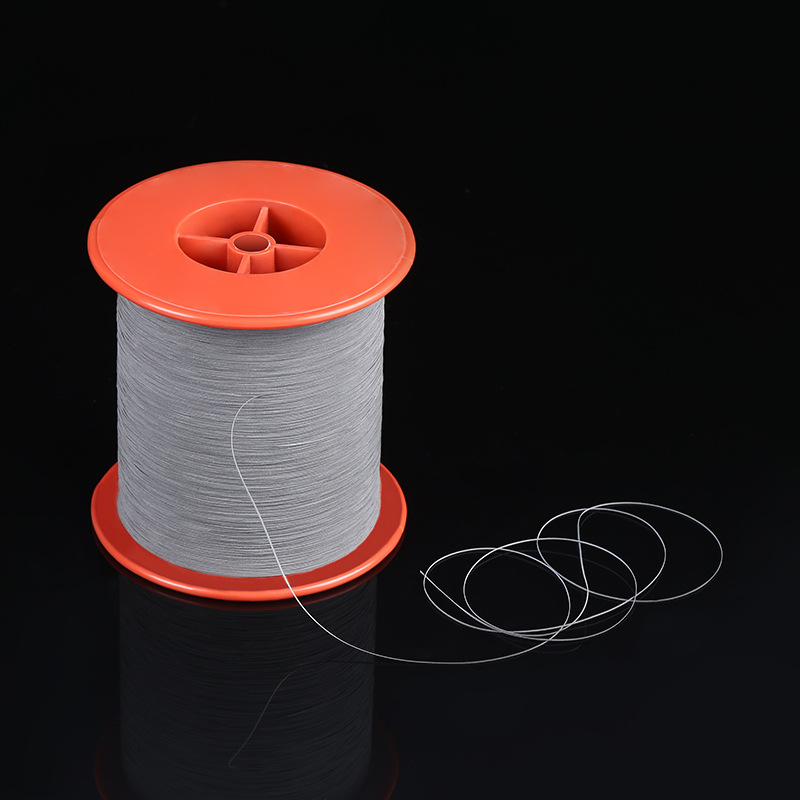
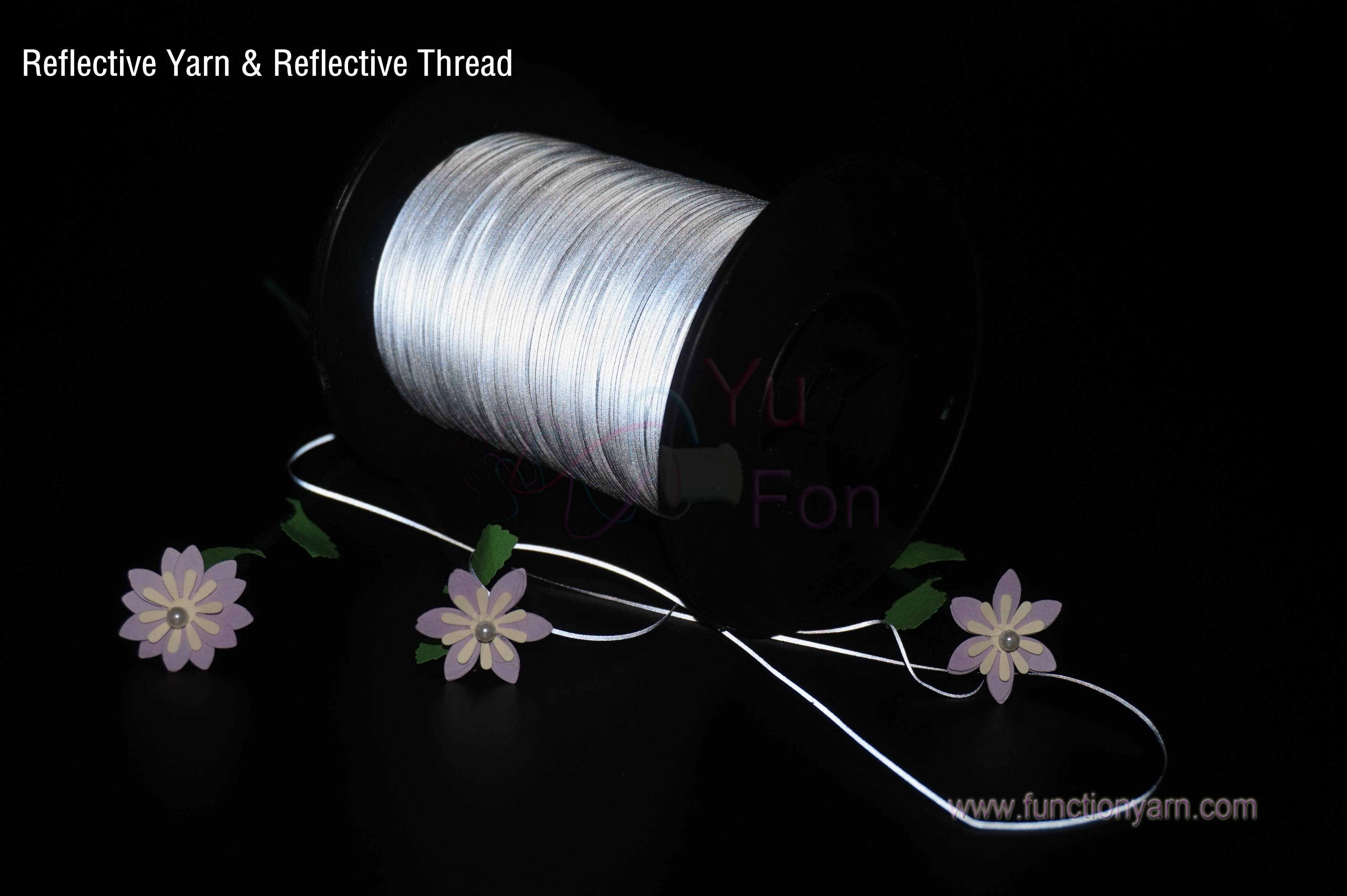
When sourcing reflective yarn for your products, a common and vital question arises: "How bright is it, really?" For professionals in safety and performance apparel, the answer cannot be subjective. It must be precise, measurable, and compliant with international standards. Let's break down how the brightness and effectiveness of reflective yarn are scientifically quantified.
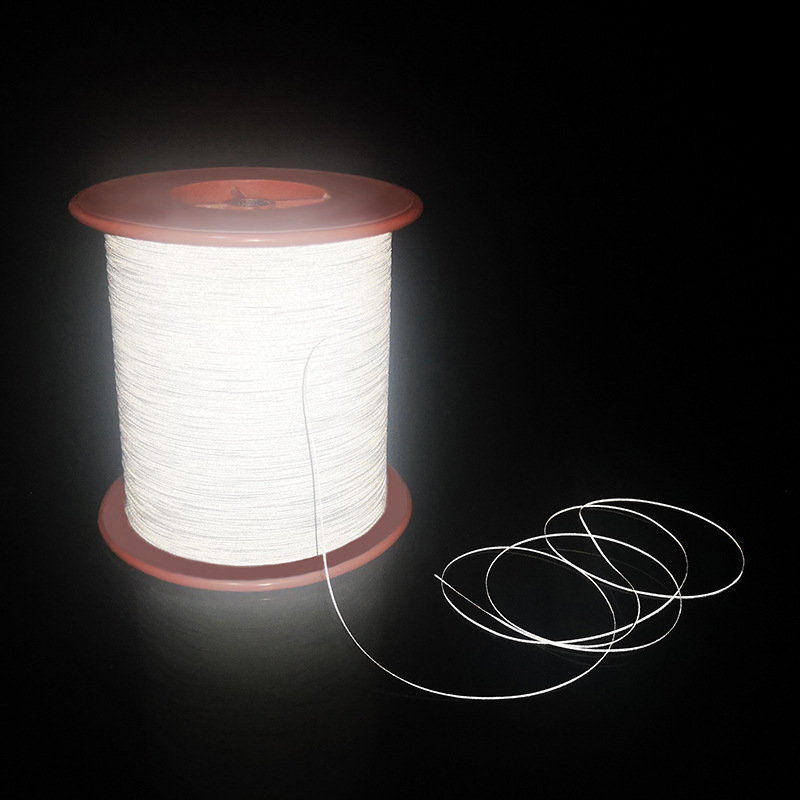

1. The Science of Measurement: Reflective Coefficient (cd/lx/m²)
Our reflective yarn is 350 cd/lx/m²,and silvery color reflective yarn is 400cd/lx/m².Washed 25 times with 4N program, the reverse emission coefficient after washing is 0.2/5 degrees and not less than 100cd-1·m-2
The industry-standard unit for measuring reflectivity is Candela per Lux per Square Meter (cd/lx/m²). This might sound technical, but the concept is straightforward:
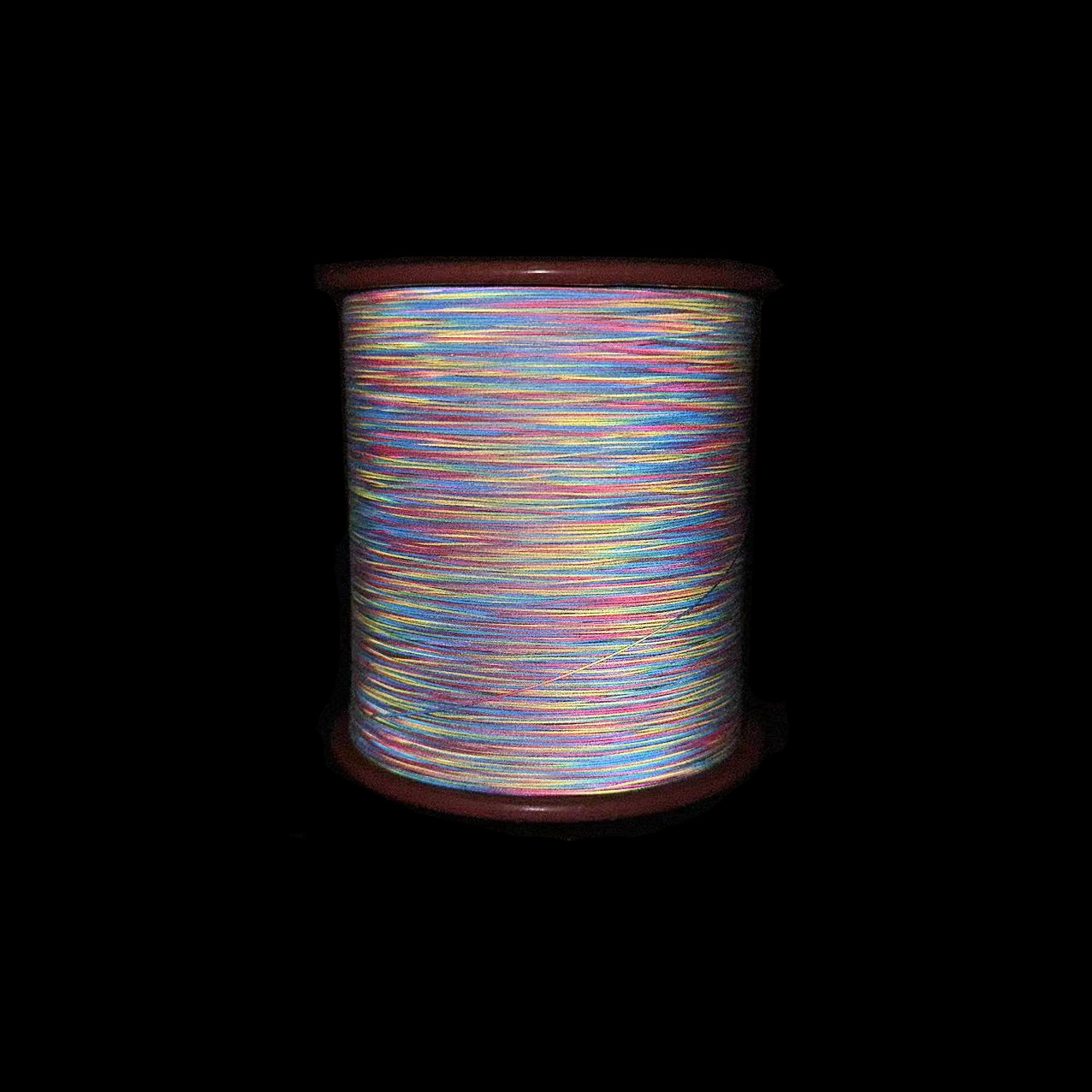
Candela (cd): Measures the intensity of the light you see.
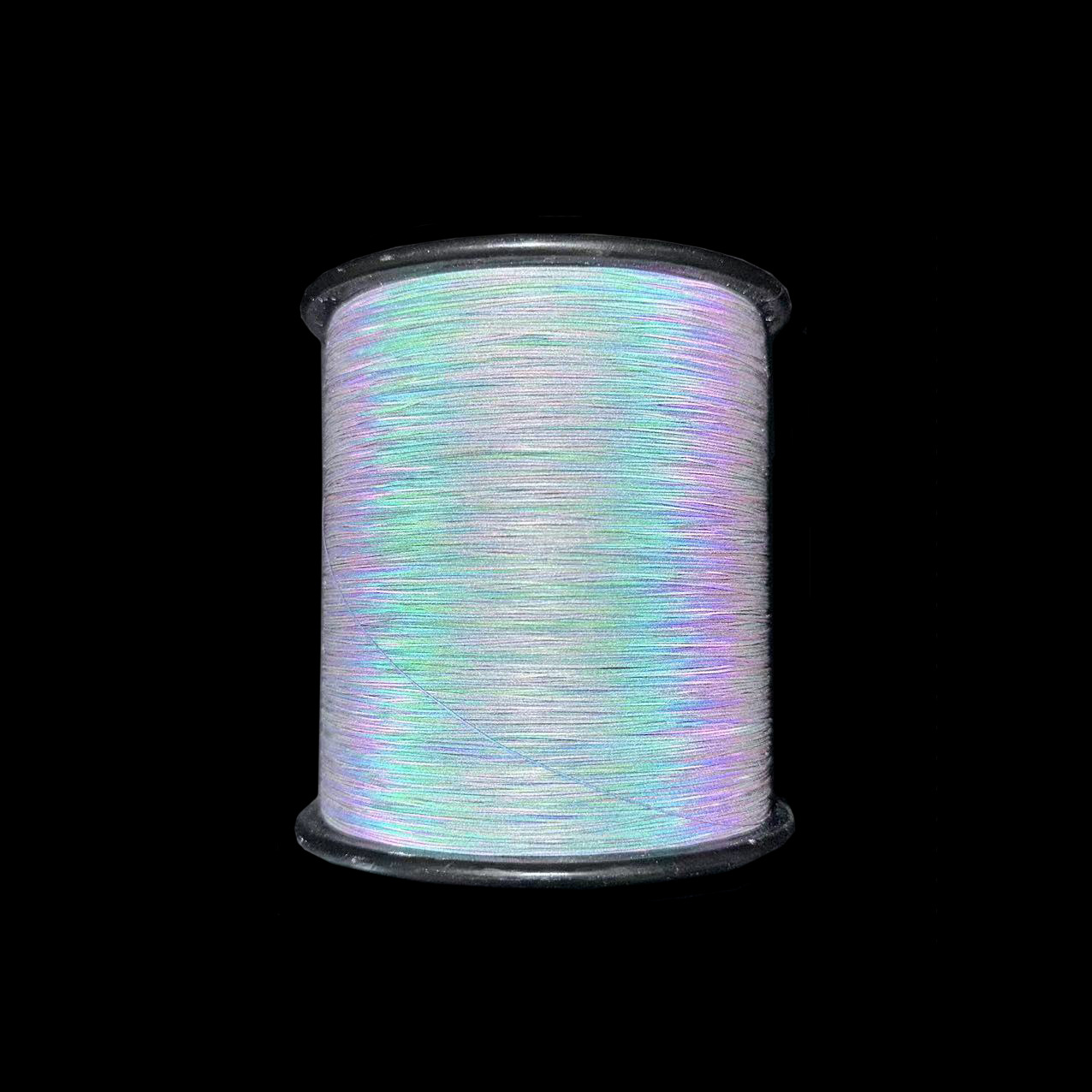
Lux (lx): Measures the amount of light shining on the material.
Square Meter (m²): Standardizes the area.
In simple terms, cd/lx/m² measures how much light is returned to the viewer's eye for every unit of light that hits the surface. A higher number means a brighter, more effective reflection.
2. Key Performance Factors Influencing Effectiveness
Brightness isn't the only factor. Effectiveness depends on three interlinked elements:
Observation Angle: This is the angle between the light source and the viewer's eye. Performance is typically highest at a small, head-on angle (simulating a car driver's perspective) and decreases as the angle widens. High-quality yarn is engineered to maintain good performance across a range of common angles.
Entrance Angle: This is the angle at which light hits the material. The reflection is most effective when light strikes perpendicularly.
Observation Distance: This determines from how far away the reflection is visible. A higher reflective coefficient directly translates to a longer "sighting distance," which is critical for road safety—giving drivers more time to react.
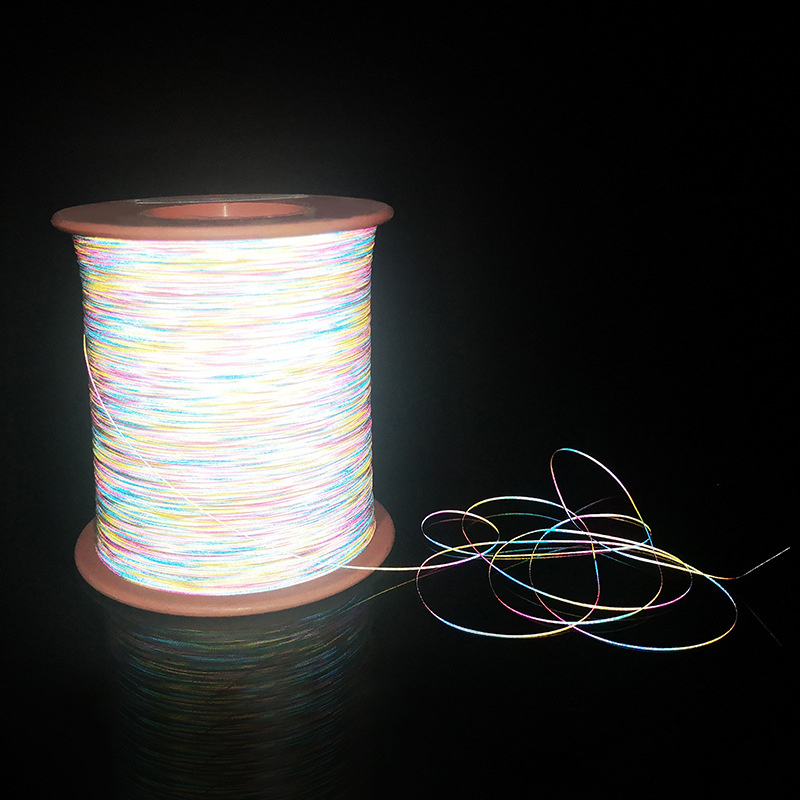

3. Compliance with International Standards: Your Guarantee of Performance
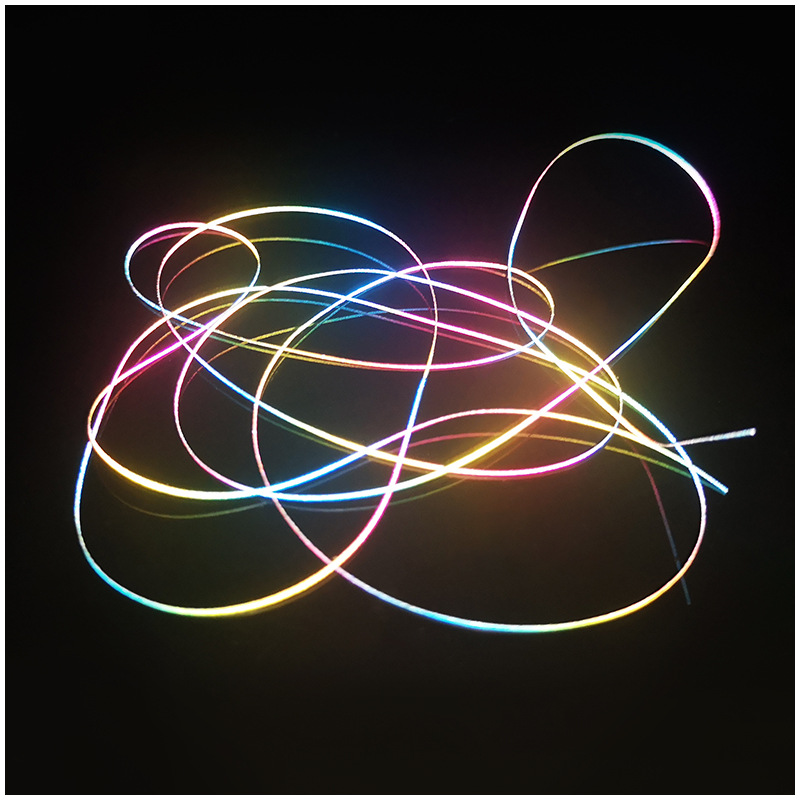
You don't have to interpret the numbers alone. Global safety standards set minimum performance requirements for reflective materials.